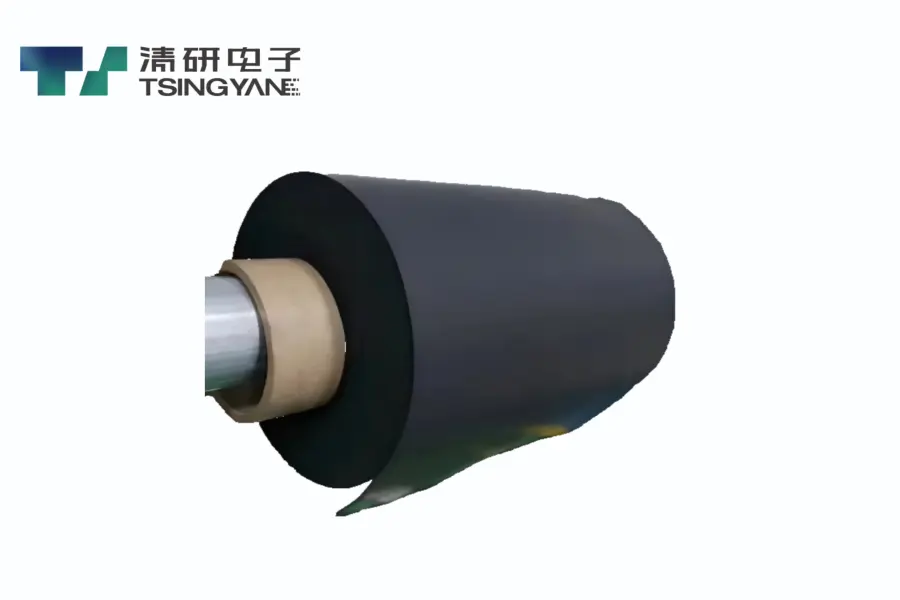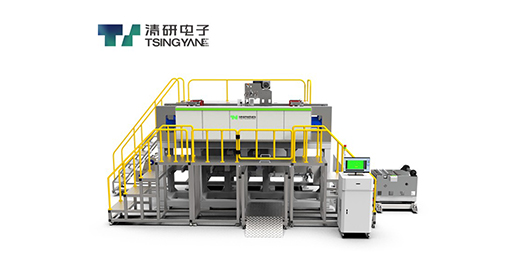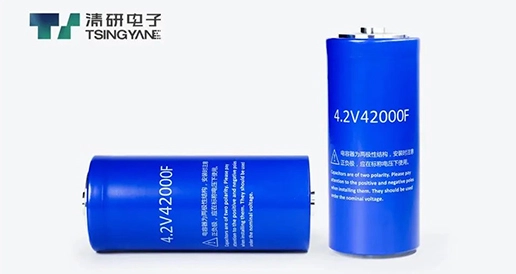The quest for better, cleaner, and more efficient batteries is accelerating, and dry electrode coating technology is at the forefront of this transformation. By eliminating toxic solvents and energy-intensive drying processes, dry electrode coating offers a greener approach to manufacturing while delivering superior battery performance. But what exactly is dry electrode coating, and why is it a game-changer for electric vehicles (EVs) and renewable energy storage? Let's dive into this innovative technology and explore its potential to reshape the future.

To appreciate the impact of dry electrode coating, it's helpful to understand how it differs from traditional battery manufacturing methods. Conventional lithium-ion batteries rely on a wet coating process, where electrode materials like graphite or lithium metal oxides are mixed into solvent-based slurries, coated onto metal foils, and then dried in energy-hungry ovens. This method, while effective, is wasteful, requiring massive amounts of heat and electricity for drying and relying on hazardous chemicals like N-Methyl-2-pyrrolidone (NMP) that demand costly recycling processes.
In contrast, dry electrode coating eliminates liquid solvents entirely. Instead, electrode powders are compressed into thin films using heat or pressure, bypassing the need for drying and reducing factory energy consumption by up to 40%. This solvent-free approach, pioneered by companies like Tesla with its 4680 battery cells and Maxwell Technologies, not only makes production cleaner and safer but also has the potential to revolutionize battery manufacturing.
Dry electrode coating stands out for its environmental benefits, addressing several drawbacks of traditional wet coating methods. By skipping the high-temperature drying ovens that operate at 100–200°C, dry electrode coating significantly reduces energy use and CO₂ emissions, lowering the carbon footprint of battery production. Additionally, it eliminates the use of toxic solvents like NMP, a reproductive hazard that poses risks to workers and the environment. This makes factories safer and reduces chemical waste. The dry powder process also minimizes material losses, as it doesn't require the precise viscosity control of wet slurries, which often leads to waste. Furthermore, without solvent residues, dry-coated electrodes are easier to recycle, supporting a circular battery economy and reducing reliance on virgin materials.
Beyond sustainability, dry electrode coating delivers impressive performance improvements that could redefine battery capabilities. One key advantage is higher energy density, as dry-coated electrodes can be made thicker and denser, packing more active material into the same space. This could boost EV range by 10–20%, making longer drives more practical. Additionally, dry electrode coating batteries exhibit better particle bonding, which enhances ion conductivity, leading to faster charging times and greater resistance to degradation for longer battery life. The technology also enables the use of ultra-thin, crack-resistant ceramic or polymer separators, improving both safety and lifespan by reducing the risk of short circuits and enhancing structural integrity.
Despite its promise, dry electrode coating faces hurdles that must be overcome to achieve widespread adoption. Scaling production to create defect-free dry electrodes remains a challenge, with companies like Tesla encountering issues such as uniform coating and adhesion problems in its 4680 cells. Researchers are also working to optimize powder formulations, particularly binders like PTFE, to prevent flaking under mechanical stress. Meanwhile, competing technologies, such as sodium-ion batteries and solid-state electrolytes, could challenge dry electrode coating's dominance unless it continues to evolve. Looking ahead, the period from 2025 to 2030 will be critical. If dry electrode coating can be successfully scaled, it could reduce battery costs by 15–20%, make EVs as affordable as gas-powered cars, and enhance grid storage for renewable energy, paving the way for a more sustainable energy future.
Dry electrode coating represents a powerful fusion of sustainability and performance, offering a cleaner, more efficient way to produce batteries. By eliminating toxic solvents, slashing energy consumption, and enhancing battery specifications, dry electrode coating has the potential to decarbonize transportation, accelerate the transition to renewable energy, and make high-performance batteries more affordable. As industry leaders like Tesla and CATL, along with innovative startups, intensify their research and development efforts, the coming years will determine whether dry electrode coating can live up to its transformative potential. One thing is clear: the future of batteries is drying up—in the best way possible.
 Exclusive Report by Gaogong | An Interview with Tsingyan Electronics: Ten Questions on the Necessity of Dry Electrodes
Exclusive Report by Gaogong | An Interview with Tsingyan Electronics: Ten Questions on the Necessity of Dry Electrodes
 Why Do Batteries Have Limited Charge Cycles?
Why Do Batteries Have Limited Charge Cycles?
 New-Quality Productivity! Reach a Strategic Cooperation with BTR to Integrate and Develop the Dry Electrode Industry Chain and Innovation Chain.
New-Quality Productivity! Reach a Strategic Cooperation with BTR to Integrate and Develop the Dry Electrode Industry Chain and Innovation Chain.